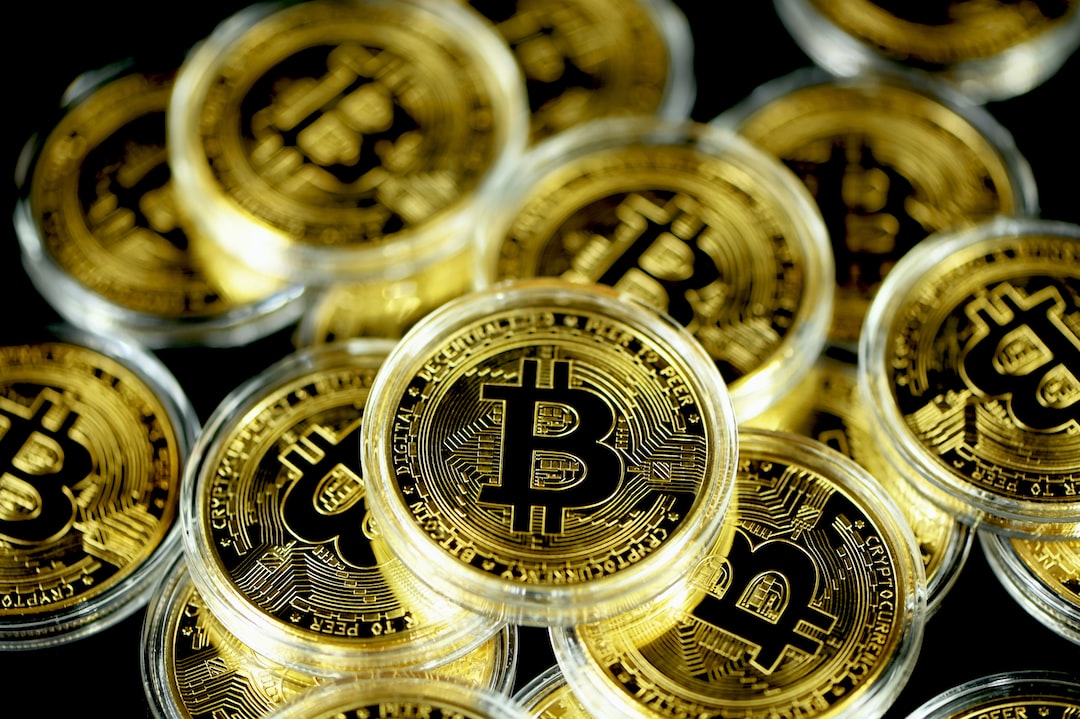The Importance of Stablecoins in the Crypto World
The stablecoin ecosystem has grown significantly over the years, with a total value of $123 billion. These coins have become integral to the crypto universe, bridging the gap between digital assets and fiat currencies. Leading the market are stablecoins like USDT, USDC, DAI, TUSD, and BUSD, which aim to maintain price stability by pegging their value to external references such as fiat currency or commodities.
Unlike decentralized cryptocurrencies like BTC or ETH, most stablecoins are centralized and controlled by central issuers. This control allows central entities to freeze tokens or take control of funds. However, decentralized digital currencies like BTC and ETH have the advantage of trustlessness and fostering innovation.
The Four Types of Stablecoin Tokens
There are four primary types of stablecoins: fiat-collateralized, crypto-collateralized, commodity-collateralized, and algorithmic stablecoins.
Fiat-backed stablecoins are linked to government-issued currencies and are held in reserve at a 1:1 ratio. USDT is the most popular fiat-backed stablecoin.
Crypto-collateralized stablecoins use cryptocurrencies as reserves. DAI accepts ether as collateral, while USDD leverages TRON for backing.
Commodity-backed stablecoins tie their value to real-world assets like precious metals. Tether Gold, for example, uses gold bars as collateral.
Algorithmic stablecoins rely on smart contracts and supply adjustments to maintain price stability. UST was an example of an algorithmic stablecoin that collapsed.
The History and Risks of Stablecoins
Stablecoins emerged in 2014 to address volatility concerns. Tether introduced USDT, which remains a leader in the market. Today, there are over 200 stablecoins in existence. While stablecoins offer benefits like price stability and reliability, some have experienced failures, highlighting the risks involved.
The Benefits of Stablecoins in the Crypto World
Stablecoins play a vital role in the cryptocurrency ecosystem by enhancing blockchain’s utility for payments, lending, and trading. They provide the stability necessary for cryptocurrencies to function as everyday money and contribute to the gradual mainstream adoption of blockchain technology.
Hot Take
Stablecoins have proven their worth in facilitating payments, lending, and trading, with a total value exceeding $123 billion. While there have been failures in the stablecoin space, they remain a crucial bridge between traditional finance and digital assets, shaping the path toward wider adoption and financial innovation in the crypto landscape.





 By
By


 By
By
 By
By
 By
By